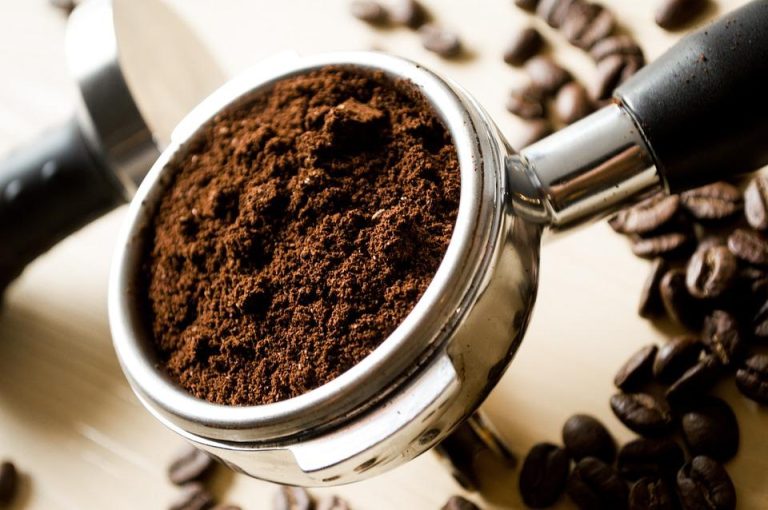There are numerous myths and legends surrounding coffee grounds. Who would have thought that you could easily grow mushrooms at home using coffee grounds.
Coffee grounds for mushroom cultivation
Many coffee drinkers pay no attention to it, while others do not see it as a waste product, but as a versatile household remedy: coffee grounds. Coffee grounds are the rest of the coffee powder that remains in the filter after brewing. In fact, the by-product of enjoying a coffee is far too valuable to just throw away in the trash. Whether as an effective cleaning agent in the household, a gentle peeling for body care or a natural fertilizer in the garden, coffee grounds can be used in many different ways. He finds particular attention in mushroom cultivation. But how exactly do you use the coffee grounds to grow mushrooms and why are they suitable for this in the first place?
Why is coffee grounds suitable for mushroom cultivation?
Discarded coffee grounds are an excellent breeding ground for edible mushrooms. Filter coffee that has been brewed for a long time is particularly suitable, because there are hardly any substances left that inhibit fungal growth. These bitter substances are flushed out during long brewing. In contrast, the coffee grounds from the espresso machine are not suitable for mushroom cultivation. It still contains too many antifungal components and tends to prevent growth. The coffee grounds from filter coffee, on the other hand, are rich in nitrogen and therefore an excellent fertilizer, not only for mushrooms.
This is how mushroom cultivation works
For mushroom cultivation of edible mushrooms you do not need much. Only some mushroom spawn, a flower pot and coffee grounds as a substrate are required to grow mushrooms at home. Incidentally, the coffee grounds should not be older than 2-3 days, otherwise unwanted mold can form. First, the coffee waste is mixed with mushroom mycelium, which now serves as a substrate for the production of the mushrooms. This is placed in the flower pot and slightly moved. Finally, another layer of coffee grounds is added. If there is not enough coffee grounds, the pot can be filled up in layers over several days. Incidentally, it is even easier with a transparent plastic bag, which is then lightly knotted so that the air circulation is given. Thanks to the transparent plastic, the development of the mushroom culture is clearly visible.
Incidentally, the coffee grounds should not be older than 2-3 days, otherwise unwanted mold can form.
Best conditions for mushroom cultivation
Mushrooms like it dark and damp and need adequate air circulation. The environment should be clean, otherwise undesirable types of fungi will quickly settle. After about 14-28 days, the substrate is intergrown with the mushroom mycelium. The coffee grounds in the bag have turned white. Now the plastic bag can be opened to water the mushrooms. After a few days, the first fruiting bodies will sprout. As soon as these are large enough, the mushrooms can be harvested. Incidentally, as long as nutrients are available, more fungi will grow when watered.

